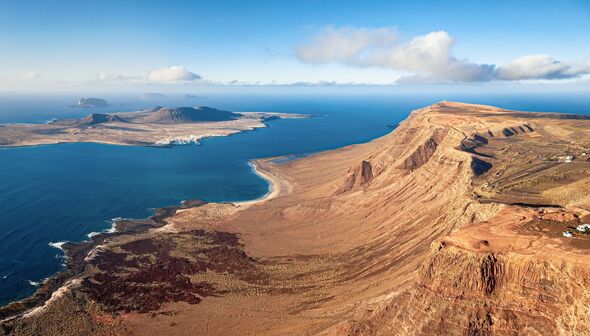A new underwater cable project in the Canary Islands, connecting Gran Canaria, Lanzarote and Fuerteventura, is set to give the archipelago a major technological boost. Marine surveys have now been completed, meaning the project is one step closer to becoming a reality.
This initiative, part of the GC-LNZ-FU Ring project, is led by CanaLink, a company affiliated with Tenerife Cabildo’s Institute of Renewable Energy Technology (ITER). Part of the European Union’s Connecting Europe Facility (CEF) program, the GC-LNZ-FU Ring project aims to lay two new underwater cables. This will significantly increase capacity and improve connectivity for the archipelago’s eastern islands.
The cables will replace existing cables nearing the end of their 25-year lifespan. In total, they span some 344 miles.
Cable system 1, the main route, will start from the eastern part of Gran Canaria and will employ a branching unit to reach the islands of Fuerteventura and Lanzarote independently and connect their respective capitals, the European Commission website explained.
Cable system 2 would be the redundant route linking Fuerteventura and Lanzarote with Gran Canaria by two completely diversified routes, providing the system with great robustness against cuts. In this case, the north of Gran Canaria would be connected with Corralejo, Fuerteventura, and Playa Blanca, Lanzarote.
The project to deploy new submarine cables in the Canary Islands has a total budget of 34 million euros (£28 million), of which 23 million (£19 million) funded under the Connecting Europe Facility (CEF) Digital programme.
The project commenced in January 2023 and is expected to be completed in September 2026, a period of 45 months.
Specialised companies, Elettra and Geoteam, have conducted thorough surveys to map out potential risks and any sensitive ecological areas along the route the cable will take. The survey operation has taken around two months to complete.
The project began in Fuerteventura, collecting marine data and using drones for topographic surveys. Aboard an oceanographic vessel, the waters of the island, as well as Lanzarote and Gran Canaria were examined.
Advanced tools like multibeam echosounders and side-scan sonar were used to thoroughly examine the seafloor, producing maps showing its shape and the distribution of sediments.
In coastal regions, drones and expert divers carried out topographic surveys, with local companies exploring the terrain at proposed cable landing sites.
“These studies are a confident move forward,” said Juan José Martínez, the Tenerife Cabildo’s Minister of Research, Development, and Innovation.
Carlos Suárez, ITER’s technical director, added that while the project has paved the way for new cable deployment, it has had a secondary impact – enriching the understanding of the ocean floor around the islands.
